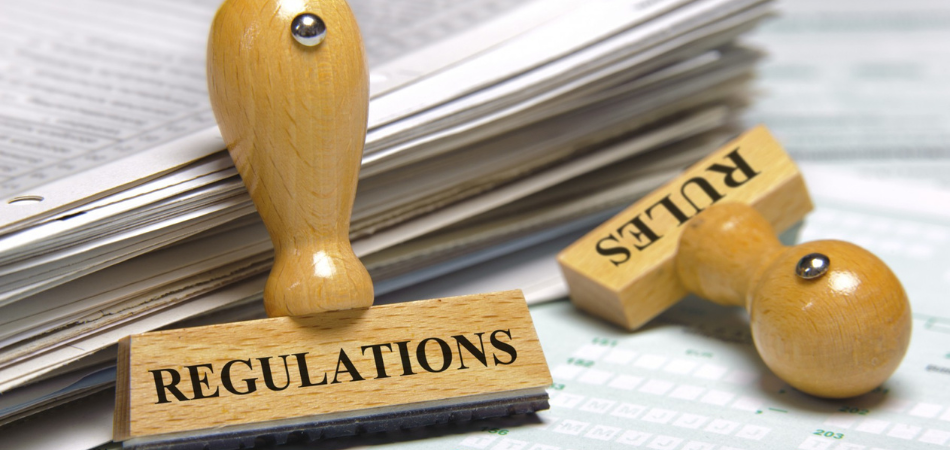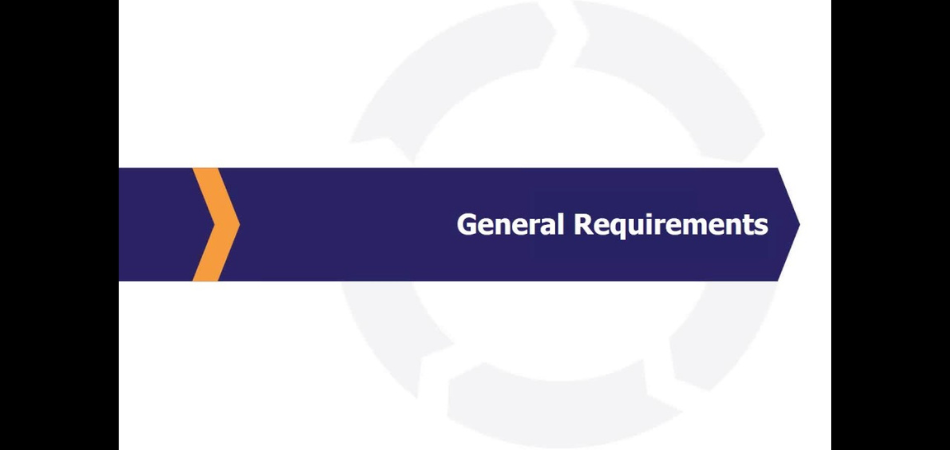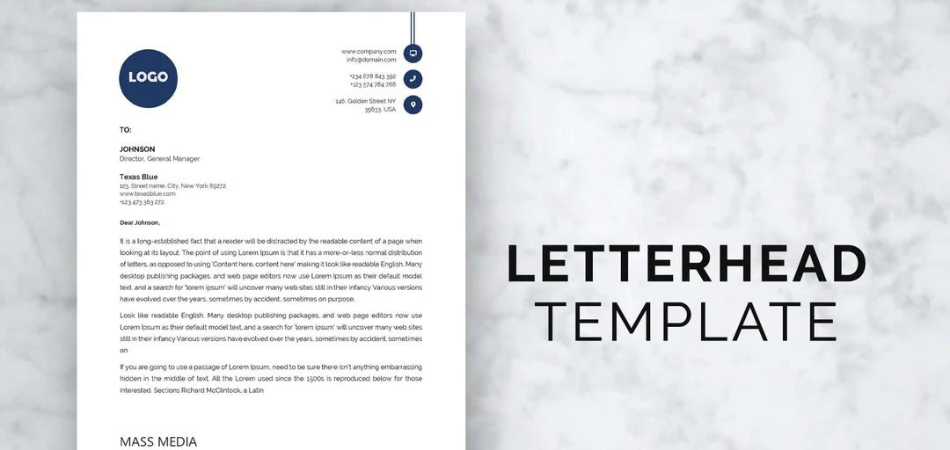
What to include in a Letterhead?

When designing a new set of letterheads, it’s simple to become engrossed in selecting a superior paper stock or coming up with an eye-catching design that will impress your clients. With very limited space it becomes important to know what to include in a letterhead.
One element of your brand image is your letterhead. A professionally designed letterhead printed on high-quality paper can convey the message, “I am committed to quality in all aspects of my business.” Print marketing has proven to be beneficial for small businesses.
Letterhead Key Requirements
The requirements are different based on the kind of business you own, but they’re all very simple and can be quickly compiled into a list that you can use as a guide while developing.
The following are the legally required details to appear on all business letterheads under the Companies Act:
- Name of your business
- Place of registration of your business in Ireland?
- Registration Number of your company
- Registered office address
Certain businesses require more details. This is a quick rundown of everything you might need.
Legal Requirements

Sole Trader
If you are a lone proprietor, you must have:
- Your company name
- Your name (if the name of your company differs from your name)
- Your corporate address
- Your VAT number
Limited Company
If your business operates as a limited company, the following information needs to be on your letterhead:
- Your entire company name as registered (with the word Limited or Ltd at the end)
- The registration location (e.g., Ireland) along with your company’s registration number
- The address of your registered office/place of business
- The business address of your company (if it differs from the registered address)
- Your VAT number
- Directors’ names are not required to be listed, but if you do so, you must list each and every director, excluding none.
Charitable Company
A charitable organisation must declare that it is a charity even if the words “charity” or “charitable” are not used in the company name.
Partnership Business
If your company is based on partnership, your letterheads must include:
- The same prerequisites as stated under “Sole Trader,” plus…
- All other partners’ names
- The main office’s address
- You can also specify the location of a complete list of partners if there are too many to mention.
General Requirements

After discussing the legalities, it’s time to move on to move onto the more generic information that is frequently included on letterhead designs for efficiency. Usually, your recipient might need these details in order to get in contact with you. They include:
- Phone number and fax number
- URL of the website
- The email address
- The address for correspondence (should it differ from the registered address)
- If the name doesn’t make it clear, the nature of the company
- The VAT number, which is a legal requirement for invoices
- Logo (which makes it easier for recipients to find you online)
- Social media information, like your Twitter handle or Facebook name
How to Design an Effective Letterhead

Now that you’re up to scratch with the legalities of the letterhead, let’s talk about the information that can make your letterhead more impactful. Designing your letterhead format right is what will make your business stand apart.
Keep the following points in mind, while creating your letterhead:
- The fundamentals: Your name, company logo, physical address, phone number, email address, fax number, website address, and maybe a tagline. The same details that you’d put on a business card.
- Past the fundamentals: Additional means of communication, like Skype, Facebook, Twitter, and other social media handles.
- Standard operating procedures: Include all the information a client might need for communication with the company.
- Avoid going overboard: When creating a letterhead, it’s easy to get carried away. Just keep in mind that the goal is to provide an important written communication platform. This implies that you must leave room for the content, and the letterhead’s aesthetic should not divert the reader’s attention from the content. Keep it simple and usable.
- Colour or no Colour: Color says, “I cared enough about my image to show I didn’t just print this on my office laser printer,” which is usually a good thing. Just be careful—you probably only need a few colours in your logo and a few other places.
- Fancy add-ons: Raised lettering, cutouts, pricey linen paper, and personalised watermarks were once necessary, but given the limited applications for which you will use letterhead, they are probably no longer worth the extra money.
Caution:
Avoid purchasing a large quantity of letterhead unless you are certain that you will use it extensively. A simple alteration to your physical address or phone number can completely ruin your letterhead. Another justification for keeping things simple is that the more information you include on your letterhead, the greater the chance that something will change before you have a chance to utilize it all.
All things considered, with letterheads you have an excellent chance to bolster your brand and demonstrate to your audience your attention to detail and expertise! Utilise them, send them, or display them! Order your set of letterheads now.
Also Read: How AI Can Improve Your Designs
